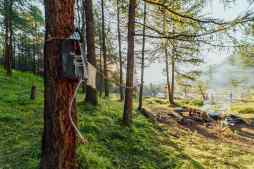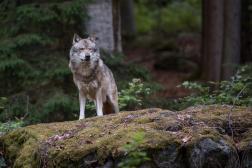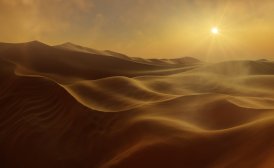Top 5 Ways Glaciers Have Carved and Molded the Earth’s Terrain

Glaciers are powerful natural forces that have shaped much of the Earth’s landscape over thousands of years. By slowly moving across the land, these massive sheets of ice carve out valleys, shape mountains, and leave behind unique geological features. Understanding how glaciers have influenced our planet’s terrain helps us appreciate the dynamic processes that continue to mold the environment today.
Formation of U-Shaped Valleys
One of the most distinctive features carved by glaciers is the U-shaped valley. Unlike river valleys which are typically V-shaped due to water erosion, glacial valleys have broad floors and steep sides formed as glaciers move down mountain slopes. The immense weight and movement of a glacier erode both the valley floor and walls evenly, creating this characteristic shape.
Creation of Fjords
Fjords are deep, narrow inlets with steep cliffs or slopes on either side, formed when glaciers carve out coastal valleys that later become flooded by rising sea levels. These breathtaking landscapes can be seen in regions such as Norway, New Zealand, and Canada. Fjords illustrate how glacial activity extends beyond terrestrial landscapes into shaping coastlines.
Deposition Features Like Moraines
As glaciers advance and retreat, they transport rocks and sediments which get deposited in ridges called moraines at their edges or terminus points. Moraines mark previous glacier boundaries and serve as evidence for understanding past glacial extents and climate conditions.
Formation of Cirques
Cirques are bowl-shaped depressions found at the heads of glacial valleys where snow accumulates before transforming into ice masses that feed glaciers downhill. These amphitheater-like hollows result from intensive erosion caused by freeze-thaw cycles combined with glacial plucking processes.
Polishing and Striation of Bedrock Surfaces
As glaciers grind over bedrock beneath them, they smooth surfaces through abrasion (polishing) while also scratching linear grooves known as striations into rocks using debris embedded within their base layers. These markings help geologists identify past glacier movement directions and intensities.
The impact glaciers have had on sculpting Earth’s terrain is profound—from majestic fjords to sweeping U-shaped valleys—demonstrating nature’s extraordinary ability to reshape our planet over millennia through ice-driven processes.
This text was generated using a large language model, and select text has been reviewed and moderated for purposes such as readability.











